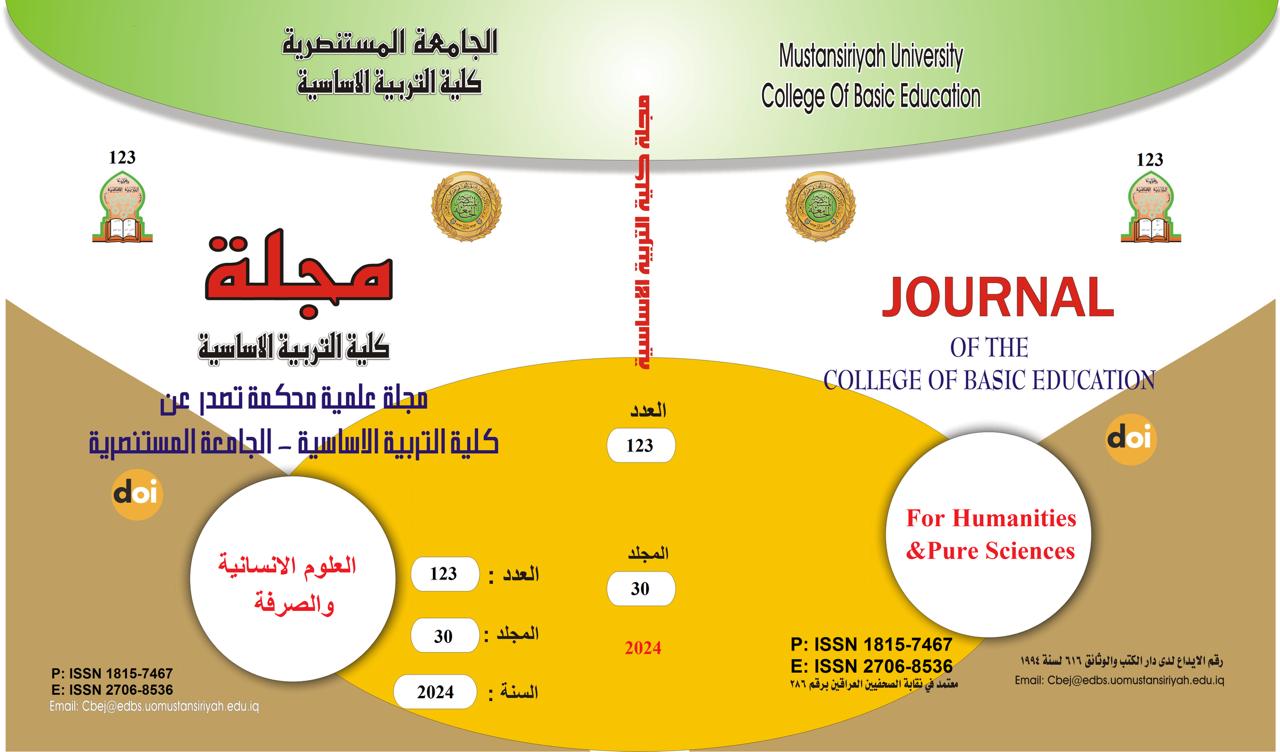Spatial Modeling of floods in the Wadi Zabid Basin – Yemen
Main Article Content
Abstract
This study aims to build a spatial model to identify the areas vulnerable to flooding in the Wadi Zabid Basin, to mitigate the severity of the floods by minimizing the damage to lives, property, and infrastructure, by determining the extent of their vulnerability. To achieve its objectives, the study relied on geomatics techniques. represented by Remote Sensing and Geographic Information Systems to perform spatial analyses, by using the Analytical Hierarchical Process and Spatial Modeling and the method of multicriteria decision support systems with the method of weighted Overlay, based on 13 natural and human factors or criteria, and the consistency ratio was (CR = 0.06), which is an acceptable ratio indicating the consistency of the weights used in the analysis. The areas exposed to floods were classified into three levels. The areas highly affected and exposed to floods are concentrated in areas close to the mainstream of the basin, at the bottoms of valleys, areas close to the water network, and areas occupied by urbanization, agricultural lands, and floodplains. These areas are characterized by light slopes and low elevations. The study recommended the importance of developing the necessary procedures, through effective control of planning in, improving warning, evacuation planning, and forecasting of floods through satellites and modern technologies in geomatics.
Article Details

This work is licensed under a Creative Commons Attribution-ShareAlike 4.0 International License.
